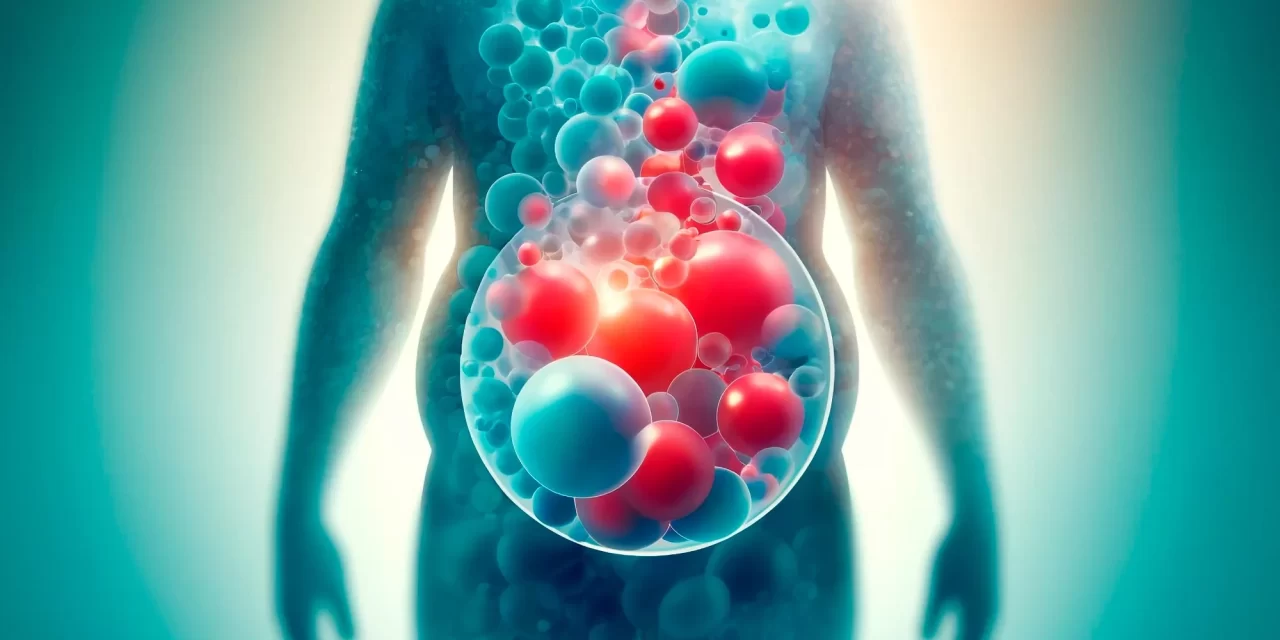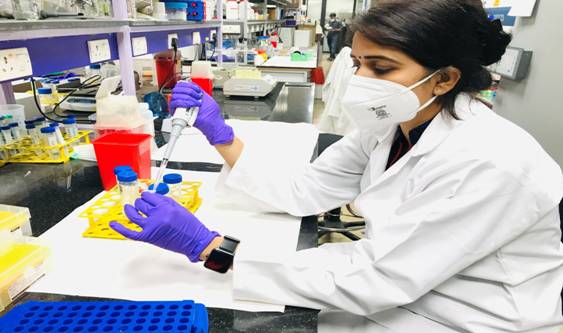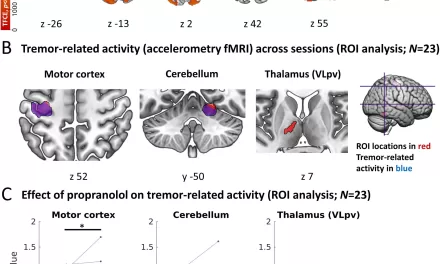In recent years, the landscape of weight management has transformed with the advent of weight loss drugs, providing an alternative to traditional dieting and exercise. These medications, including GLP-1-based drugs such as semaglutide (Wegovy) and tirzepatide (Mounjaro), are showing remarkable effectiveness in promoting weight loss, with some clinical trials reporting reductions of up to 20% of body weight in individuals with obesity.
However, emerging research highlights a significant caveat: a substantial portion of the weight lost is not fat but “non-fat mass,” which includes muscle and bone. This phenomenon is not unique to these drugs and has also been observed in dieting and post-weight-loss surgery cases.
The Role of GLP-1 Drugs
GLP-1-based drugs function by mimicking natural hormones in the gut, such as GLP-1 and GIP, which regulate appetite. These drugs help users feel less hungry, reducing food intake and resulting in weight loss. Despite their success, the unintended loss of muscle and bone mass raises concerns about the long-term implications for overall health.
Why Muscle and Bone Loss Matters
Muscle and bone health are critical to maintaining overall well-being. Muscle plays a vital role in regulating blood sugar levels, and reduced muscle mass can impair this function, potentially increasing the risk of conditions like type 2 diabetes. On the other hand, strong bones are essential for mobility and preventing fractures. Losing bone mass can heighten the risk of injuries, particularly in older individuals.
Possible Causes of Non-Fat Mass Loss
The mechanisms behind muscle and bone loss during weight reduction are not entirely understood, but researchers propose two primary theories.
- Muscle Loss: During weight loss, the rate at which muscle proteins are broken down may exceed the rate at which they are rebuilt.
- Bone Loss: Reduced stress on bones due to overall weight loss could lead to decreased bone turnover, limiting the formation of new bone tissue.
Mitigating the Impact
While the long-term effects of GLP-1 drugs remain uncertain, experts suggest strategies to preserve muscle and bone mass during weight loss.
- Protein Intake: Adequate protein consumption supports muscle maintenance and growth.
- Resistance Training: Incorporating weight or resistance exercises can help preserve muscle mass.
- Daily Activity: Small lifestyle changes, such as using stairs, carrying groceries efficiently, or walking briskly, can also contribute to muscle retention.
A Balanced Approach
The benefits of GLP-1 drugs for weight loss are undeniable, offering new hope for individuals struggling with obesity. However, integrating these medications with healthy dietary choices and physical activity is essential for optimal, long-term results.
As research continues to explore the full effects of these drugs, a comprehensive approach to weight management—focusing on both fat loss and the preservation of muscle and bone—will remain critical.
Provided by the University of Liverpool












